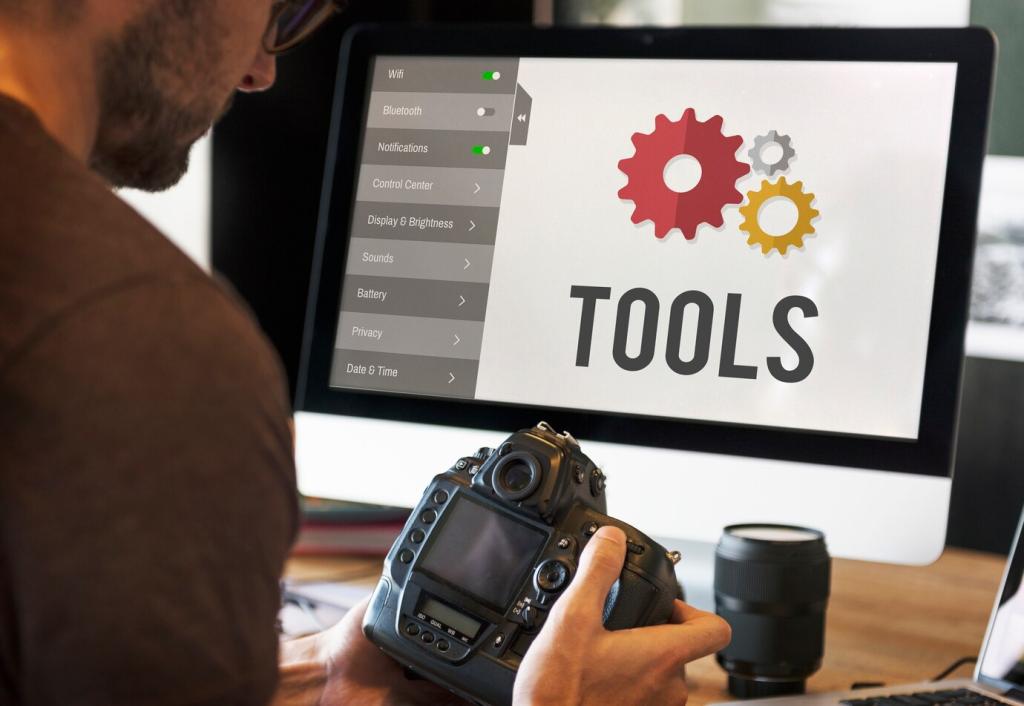
Step-by-Step Guide to Changing Your Car Oil
Chosen theme: Step-by-Step Guide to Changing Your Car Oil. Whether it’s your very first DIY maintenance or your fiftieth, this friendly walkthrough brings confidence, clarity, and a dash of real-world wisdom. Follow along, ask questions, and subscribe for future garage-tested guides.
Gather Your Tools and Supplies
Round up a socket set or box-end wrench that fits your drain plug, a sturdy drain pan, funnel, gloves, rags, a jack and stands, wheel chocks, and a torque wrench. I once forgot a crush washer and learned the hard way: tiny parts prevent big messes.

Prepare the Car Safely
Idle the engine for three to five minutes so the oil thins and drains completely. Warm oil moves faster, but avoid scalding heat. I scorched a knuckle once and never forgot: patience and a few minutes of cooling save skin and nerves.


Prepare the Car Safely
Use proper jack points, then place jack stands at recommended locations. Chock the wheels, engage the parking brake, and give the car a firm shake test. Ramps are a great alternative for many cars—steady, simple, and confidence-inspiring for first-time DIYers.
Drain the Old Oil
Identify the drain plug orientation and remove any splash shield if needed. A 6-point socket helps prevent rounding. Position the drain pan slightly back to catch the initial arc; a crush washer may be present, so note its type and orientation for replacement.
Drain the Old Oil
Turn counterclockwise to break the plug loose, pressing inward while unscrewing so oil doesn’t gush prematurely. When the last thread releases, pull away quickly and adjust the pan as the stream shifts. Don’t drop the plug—fishing it from hot oil is zero fun.

Replace the Oil Filter
Your car may use a spin-on canister or a cartridge inside a housing, sometimes top-mounted for easy access. Consult the manual or owner forums, mind nearby hot exhaust parts, and note the filter’s angle so you can plan for any drips during removal.


Replace the Oil Filter
Use a strap or cap wrench to break it loose, catching any oil that escapes. Compare the new and old filters for gasket size and height. Pre-fill vertical spin-on filters when possible and lightly oil the gasket so it seats smoothly without sticking or tearing.
Refill, Check, and Reset
Add fresh oil with patience
Insert a funnel and pour in about eighty to ninety percent of the specified capacity. Pause, wait for the level to settle, and check the dipstick. Add small amounts until it reaches the upper mark—overfilling can aerate oil and reduce lubrication effectiveness.


Start, circulate, and inspect
Start the engine and let it idle, watching the oil pressure light extinguish quickly. Inspect the drain plug and filter for leaks. Shut down, wait a few minutes, then recheck the dipstick and top off as needed. A calm, methodical pace prevents future headaches.
Clean Up and Dispose Responsibly
01
Dispose used oil and filter properly
Pour used oil into a sealed container and take it to an auto parts store or municipal recycling center. Drain the old filter and bag it for recycling where accepted. Never dump oil—ever. Drop a comment with your local recycling tip to help fellow readers.
02
Tidy tools and future-proof your spot
Wipe down tools, bag oily rags separately, and store funnels in zipper bags to contain residue. Label your drain pan, note missing supplies, and set a calendar reminder for the next interval. Preparation now shaves minutes—and stress—off your next oil change.
03
Share your success and subscribe
Tell us how long your oil change took, what surprised you most, and any lessons learned. Post a photo of your setup, ask questions if something felt tricky, and subscribe for seasonal maintenance guides, fluid charts, and community-proven tips that make DIY safer.
